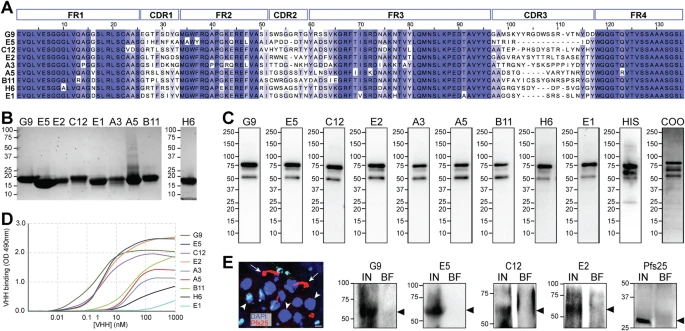Nanobody Innovation Targets Malaria at the Source: Inside the Mosquito Midgut

Malaria remains a major global health threat, and innovative biological tools are urgently needed to disrupt its transmission cycle. A recent study highlights a promising new strategy: targeting a Plasmodium falciparum protein called PfPIMMS43 using nanobodies to block the parasite's development inside mosquitoes.
PfPIMMS43 is a surface protein found on ookinetes and sporozoites—the parasite stages that transition from the mosquito gut to its salivary glands. This step is essential for malaria transmission. Importantly, PfPIMMS43 helps the parasite evade the mosquito's immune defenses, making it a high-value target.
Building on earlier research using conventional antibodies, scientists have now developed single-domain nanobodies (VHHs) derived from llamas that bind with high specificity and affinity to both recombinant and naturally produced PfPIMMS43. When introduced into mosquitoes, these nanobodies significantly reduce infection levels of both lab and field strains of P. falciparum in Anopheles coluzzii and An. gambiae.
Structural analysis shows that the nanobodies target conserved, accessible regions in the second half of the PfPIMMS43 protein, increasing their potential for broad and lasting impact.
Looking ahead, the study proposes a bold approach: engineering genetically modified mosquitoes to express these nanobodies in their midguts. With gene drive technology, this transmission-blocking trait could spread throughout wild mosquito populations—offering a revolutionary path toward malaria elimination.
Source: communications biology